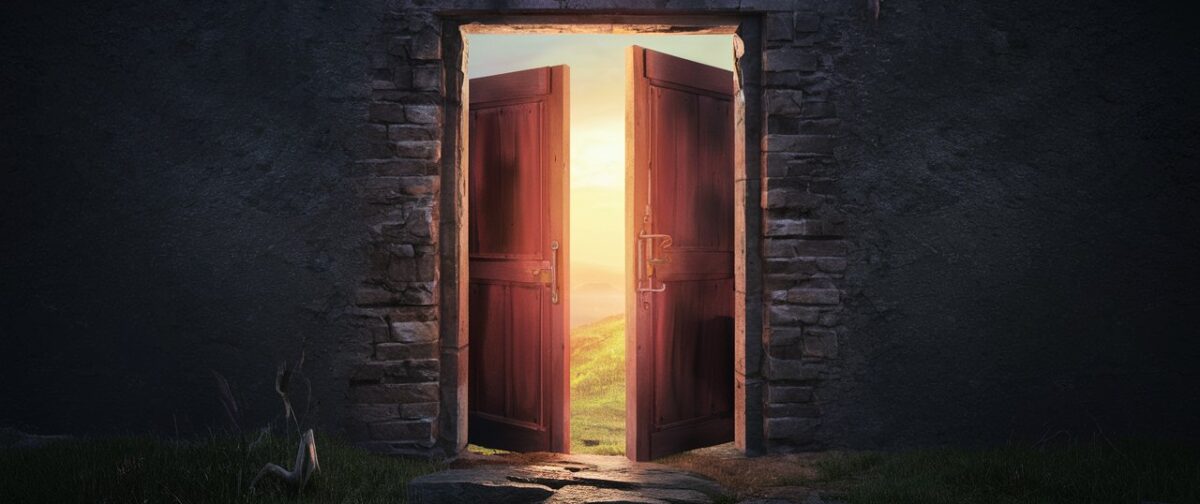
Visiting Perito Moreno Glacier in Los Glaciares National Park, I was struck by how interesting I find glaciers. They remind me of nature’s majesty and subtly. Millions of bits of snow and ice slowly pack one by one until they become a landscape-shaping force. Even through nature’s slow, subtle works, all-inspiring entities emerge. Glaciers go on to reshape the landscape around them.
Every few minutes, its mass creaks with white thunder and whole towers of ice fall into the water, demonstrating how the glacier’s powerful yet slow flow builds overtime. A glacier can seem like a static entity, but the entire walls of ice falling out of nowhere into the lake below challenge this assumption. They really flow very, very slowly as they slide down the mountains. All that pressure eventually causes the ice at the very bottom to snap off. The ear-cracking thunder removes any notion other than that these glaciers are powerful forces working their way through the valley they inhabit.
In Torres del Paine National park, I hiked within the dusty leftover basis on the retreating Grey Glacier. Glaciers move tons of earth and leave the lakes, rivers, fjords, islands, moraines, and much more in their wake. For example, massive glaciers during the Ice Age produced or reformed Long Island and most of New York City, and significantly reshaped the Eastern United States.
Seeing towering walls of ice the size of skyscrapers fall suddenly into the water, humanity’s contribution to the world looks small in comparison. Natural entities like glaciers that are bigger, bolder, and older than us emerge naturally.. We can only experience the eons of time glaciers have existed in the ways they mold the landscapes around them.
At the same time, humans have had a pretty significant impact on the glaciers. Climate change is slowly melting many glaciers around the world, piece by piece. Our decisions too can accumulate into massive impacts on the landscapes around us.
Nevertheless, this glacier is still here. No matter what humans do to it, we can never get rid of the impacts its ice has had on the landscape. Maybe this will be the route of humanity as well: slowly creep into a massive force that slowly wither as well once we reach our zenith until we dissipate out leaving an impact on the landscape around us. Specific societies will most likely go that kind of route: wither until it becomes unrecognizable as it transitions into whatever comes next.
Nature produces massive emergent forces like glaciers and humanity, and those same patterns of physics will eventually take them away. Our lives will most likely only ever be one towering column of ice in nature’s system that also eventually falls into the water below.
Discover more from The Cracked Door
Subscribe to get the latest posts sent to your email.
